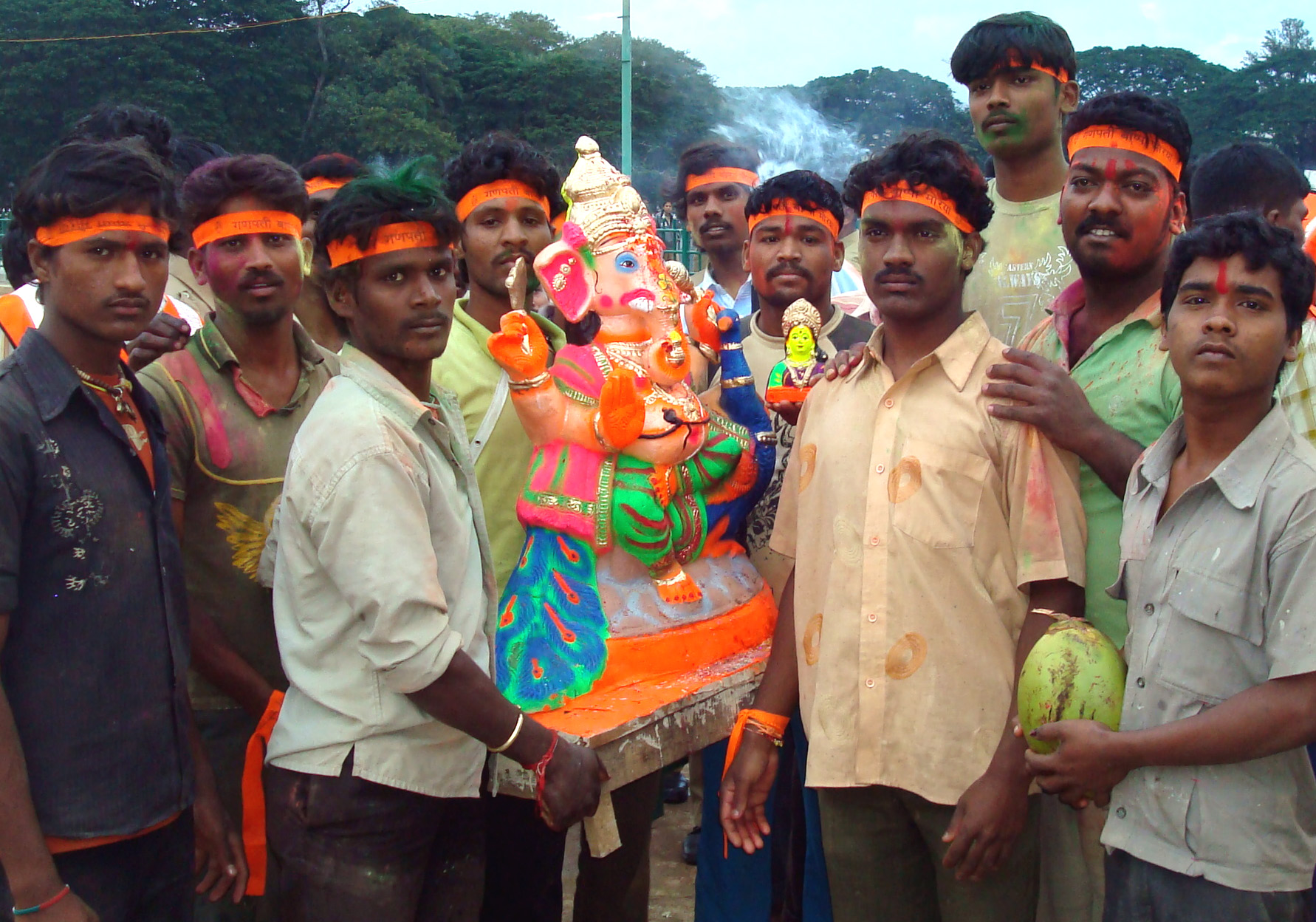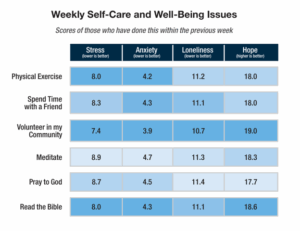
INDIA (BP)–The Hindu god who removes obstacles was no match for a tree limb.
Southern Baptist representatives Brendan and Alyson Strizek* watched from a balcony as celebrating Hindus tried to navigate a trailer-mounted image of Ganesha through a narrow alley. A low tree limb soon blocked the 10-foot idol’s progress. The crowd, unable to back the trailer out of the alley, tried in vain to sever the tree limb so the idol could proceed.
“It took them about 45 minutes to figure out what to do,” Brendan Strizek said. Finally, a child removed the top of the makeshift temple covering Ganesha, barely giving the idol enough room to pass under the tree limb en route to a time of worshipping the idol, also known by the names Ganapati and Ganesh.
“If that’s not the perfect picture,” Alyson Strizek said. “They’re expecting this god to remove obstacles in their lives, but he can’t even remove a tree limb.”
Hindus widely revere the elephant-headed Ganesha as the god of wisdom, prosperity and good fortune. He is the remover of obstacles in their lives and devotees invoke Ganesha’s name to bring success to any venture.
The Strizeks said they feel a deep burden for the people they see worshipping a god that cannot save them.
“There’s a lot of disappointment that they would devote so much of themselves, so much of their time and money, to something that is just clay,” Brendan Strizek said. “It’s obvious it’s not living, and there is no response back from this clay statue — but they are still devoted to it.”
Each fall, Hindu families and communities celebrate the Ganesha Chaturthi festival in Ganesha’s honor, crafting idols in Ganesha’s image from clay and plaster. Many compete to have the largest, most ornate Ganesha idol possible, with some communities pooling their resources to make 30-foot statues.
Hindus take the idols into their homes for up to 10 days, where they follow a set of rituals in caring for and worshipping the idols.
“They provide food for it when it’s in the home, and they treat it like it’s a person,” Brendan Strizek said.
On the 11th day of the festival, with great fanfare and celebration, the Hindus take the Ganesha idols to rivers, lakes or the ocean where they submerge and leave them to symbolize the cycle of creation and destruction in nature.
In August, the Strizeks and their children attended a submersion festival, where worshippers performed rituals, celebrated and praised Ganesha before submerging the idols in water.
“When we went, basically there would be big groups of young guys dancing, celebrating and playing music,” Brendan Strizek said. “They were very proud of their idols.”
Alyson Strizek added, “A lot of it is with the intention of receiving blessings from Ganesha.”
Brendan Strizek believes that the best way to reach Hindus for Christ is not by condemning their practices but by connecting with them as human beings, showing interest in their lives.
“I think before we have the opportunity to share verbally, we need to show we care about this person,” Strizek said. “Not just to share and that’s it, but I want to care about this person because God cares about this person. We need to show the love of Christ in our actions, so that those we want to tell about Jesus will receive us.”
Through learning about the Ganesha festival, Strizek believes he has gained a way to open up spiritual topics in conversations with Hindus.
“They will tell me about things they do for the Ganesha festival. Then I will tell them, ‘As followers of Jesus, this is what we do,'” he said. “I tell them, ‘This is what the Bible says. This is who Jesus is, and this is what we do to worship Him.”
Lal Satish* agrees with the Strizeks that the best way to tell Hindus about God is to first understand them. A former Hindu who recently decided to follow Jesus, he believes that believers in Christ must not speak to Hindus with condemnation.
“This is where Christians should be very careful,” Satish said. “You can’t tell them right off that they are worshipping false gods, because the mob will become ferocious. It should be within a certain framework.”
Satish urges Christians to model Jesus first if they want Hindus to see Him.
“If you want to talk about Jesus, you must be Jesus here,” he said. “You must show all the qualities of Jesus, His love, His affection, His tolerance. If Jesus is reflected in any person who is a leader, all people will be drawn toward him, and they will find Jesus.”
As he reflected on those who worship idols as he formerly did, Satish urged Christians to open their eyes to what is happening in his country.
“India is not just a land of software,” he said. “It is a land of darkness.”
–30–
*Names changed. Marcus Rowntree serves as a writing intern in southern Asia. To learn more about Hindu festivals in India, visit www.go2southasia.org/l_festival_hindu.html. For a tract in English, Hindi, Bengali and French to print and share with Hindu friends, go to www.go2southasia.org/printables.html.
















